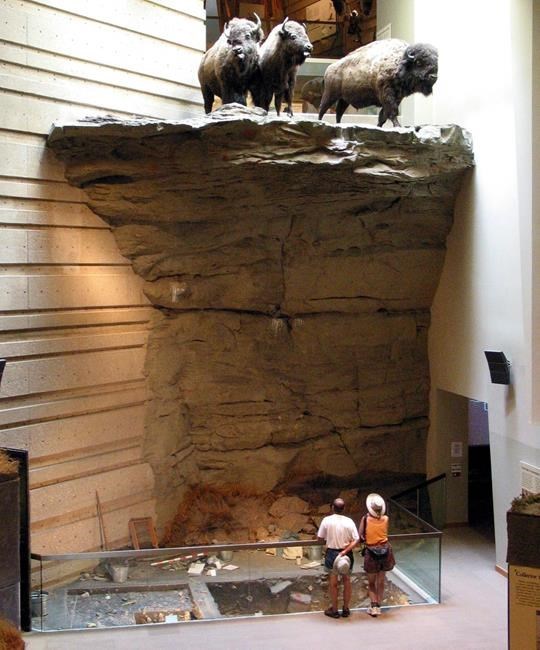OTTAWA — A group representing thousands of Indigenous-led tourism operators says it has found the money to avoid going under, and has enough left over to launch a new campaign to help the beleaguered sector.
The Indigenous Tourism Association of Canada says it found the necessary funding from its partners to maintain basic operations and what it is calling a modest domestic marketing campaign for the summer.
The campaign launched Monday, on National Indigenous Peoples Day, and as provincial governments ease domestic travel restrictions and the federal government prepares to allow fully vaccinated Canadian travellers to forgo quarantine as of July 5.
The aim of the five-month campaign is to help travellers identify and easily book authentic Indigenous experiences, as well as modernize perceptions of those experiences, to give a boost to tourism operators.
The campaign will involve online banner ads, video vignettes, and work with partners like TripAdvisor, said association CEO Keith Henry.
He said about half of the approximately $5 million in funding the group pulled in will go to marketing efforts to entice domestic travellers to go from Ontario to Manitoba, for example, because many Indigenous tour operators don't have the marketing dollars necessary to do the outreach themselves.
"Everyone recognizes that we can finally start better understanding where our customers are going to come from, and it's very clear it's going to have to be local," Henry said in an interview Monday.
"The operators themselves are feeling optimistic. The reality is, though, we have a lot of ground to make up in a very short period of time. So it's cautious optimism."
The sector had about 1,900 businesses and some 40,000 employees pre-pandemic. COVID-19 sent those numbers cratering. Henry said remaining businesses in the sector will need to have revenues exceed $300 million in sales this year to avoid any more permanent closures.
He added that they will also need more details on reopening of the border to international travellers, who account for 90 per cent of paying customers for some businesses, particularly in the North.
He also said understanding how the border measures will ease will help Indigenous tourism operators market to foreign visitors.
"We know they'll come back, but we need to make sure we tell them how to come back," Henry said.
"That's the thing we have to get on with very quickly."
A key remaining hurdle for the sector is trying to bring staffing levels up by at least 25 per cent. Henry said many Indigenous employees have been lost to other sectors, having had to move on as pandemic-related uncertainty lingered.
Henry said those employees are key to the success of Indigenous tourism businesses so they can help teach the "true history and story of this country."
"It's not like a non-Indigenous business here. This is this is what makes our businesses special," Henry said.
"That's what we're so worried about — bringing those employees back and those people that run those small, outdoor adventure experiences to really educate and try and share the culture."
This report by The Canadian Press was first published June 21, 2021.
Jordan Press, The Canadian Press



